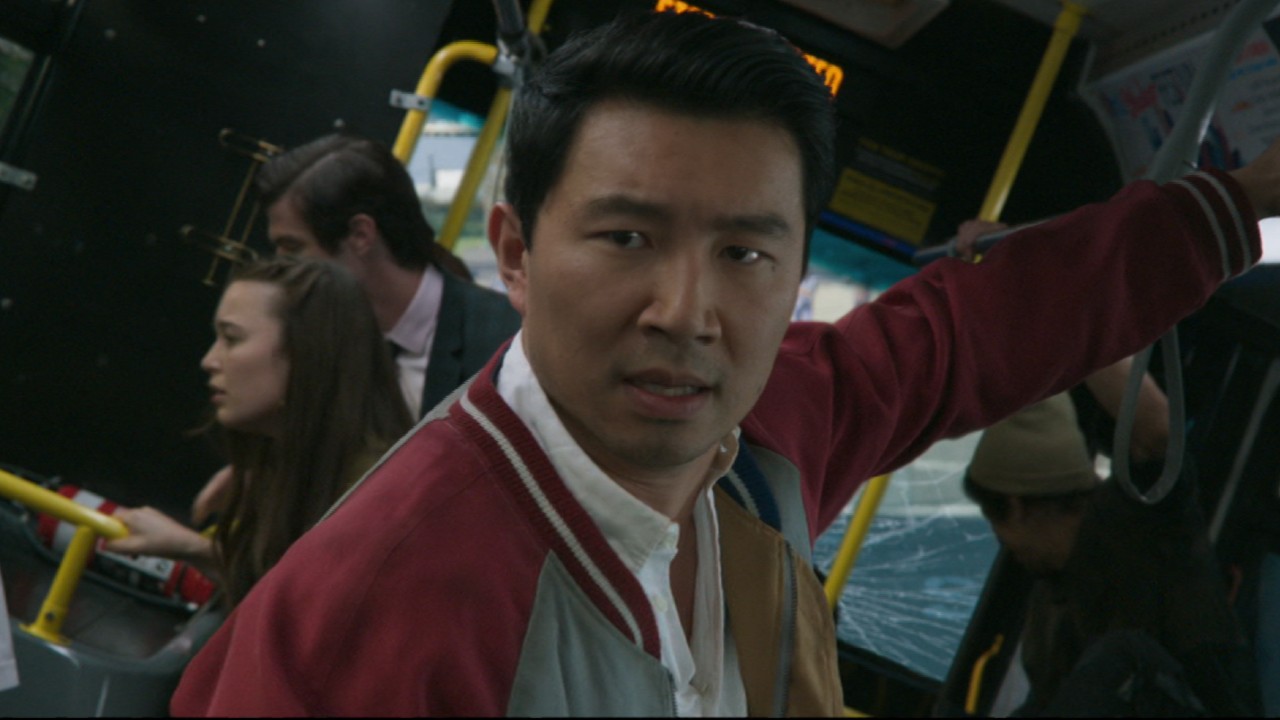Adapting Stephen King's The Dead Zone: The 2002 TV Series Was Ahead Of Its Time, But It's Still A Landmark King Adaptation
If only it had been made 10 years later...
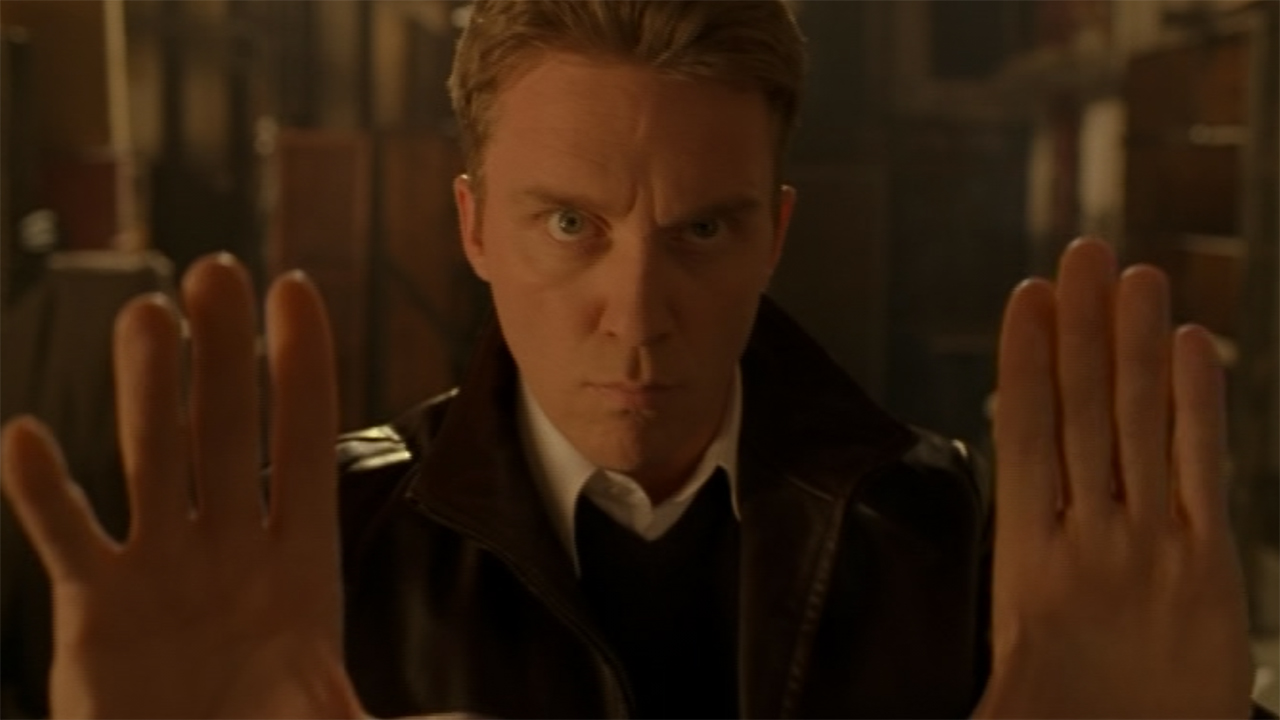
In the years up until the turn of the century, live-action Stephen King adaptations were being produced in a wide variety of forms; there were films, shorts, TV movies, miniseries, and in 1988 there was even a musical version of Carrie that was staged on Broadway. Of course, the notable medium missing from that list was “on-going television series.” While King earned great praise and popularity for his in-depth and expansive storytelling style, Hollywood didn’t gamble on taking one of his books and turning it into a multi-season show.
That changed in 2001. According to Scott Von Doviak’s Stephen King Films FAQ, producer Lloyd Segan pitched executives at the Paramount-owned UPN network on the idea of turning The Dead Zone into a TV series – the company already owning the rights to the book, having produced David Cronenberg’s 1983 feature adaptation. Given the episodic-like structure of the novel, it made sense as source material for a show, and after getting the greenlight Segan brought on writer and Star Trek veteran Michael Piller – who was ultimately credited as creator and showrunner along with his son, Shawn Piller.
After The Breakfast Club star Anthony Michael Hall was brought aboard to star as Johnny Smith, a pilot was shot… but it didn’t exactly grease the tracks to an on-going commitment as hoped. It was created with the idea of taking a single narrative from the book – the search for the killer known as the Castle Rock Strangler – and morphing it as a season-long arc, but the industry was trending away from serial shows (crazy to think about now) and UPN put the idea on the backburner before putting it up for sale.
While the then-named Sci-Fi Channel showed some interest, it was ultimately USA Network that committed to The Dead Zone, and after the pilot was rewritten and reshot it became the first two episodes of what would become a six-season long show that sees its lead character investigate all varieties of plots involving everything from murders to a crisis in space.
To date, no other Stephen King adaptation has had a longer on-going run, which is unquestionably a feather in its cap – but how does it stack up in comparison to the classic David Cronenberg film, the original novel, and modern television standards? Those are the precise questions being explored in this week’s Adapting Stephen King.

How The Dead Zone TV Series Differs From David Cronenberg’s Movie
Given the very different scales of the two productions, doing a one-to-one comparison of the Dead Zone television show and the David Cronenberg movie is not practical. What is practical, however, is looking at both adaptations as they individually approached the source material and examine the different choices that are made.
Upfront, arguably one of the oddest parts of The Dead Zone series’ relationship with the original film is the fact that the later adaptation creates a third interpretation of the title’s meaning after the movie and the book. The show makes use of the widespread and ridiculous falsity that humans only use 10 percent of the brain, and initially suggests that the ability Johnny Smith (Anthony Michael Hall) has to see the future is derived from the fact that his sensory inputs work around damaged parts of the organ and make use of previously unused nooks and crannies (his doctor explains, “In anyone else it may be a dead zone.”)
Your Daily Blend of Entertainment News
This is vastly different than Cronenberg’s take, which interprets the “dead zone” as a kind of hole in fate that allows the future to be mutable – but at the very least it’s closer to Stephen King’s original text, which explains the psychic phenomenon as Johnny’s brain overcompensating for its damaged parts.
The subject of exactly how long Johnny has had his gift is another detail that is approached very differently in the film and the show. Cronenberg’s The Dead Zone begins with Johnny as an adult, and doesn’t see him exhibiting supernatural gifts until after he wakes from his coma, but the small screen adaptation hones closer to the novel… to start. Like the book, the series begins with Johnny hitting his head as a child and having his first visions of the future, and then he has incredible success on a Wheel of Fortune carnival game based on his incredible intuition. His accident and time in the coma intensify his visions and make them more frequent, but it’s established that the power existed prior.
Late in the show’s run, however, this was changed, and it’s suggested that Johnny’s powers don’t come from brain trauma, but instead are genetic and passed down from his father. An exclamation point is put on this revelation in what ends up being the Dead Zone series finale where Tom Skerritt cameos as Johnny’s long-thought-dead dad (notable casting because the actor plays Sheriff George Bannerman in Cronenberg’s movie).
Speaking of, Sheriff Bannerman is actually one of the most altered major characters on the show in comparison to both the movie and the book, as he is turned into Walt Bannerman (Chris Bruno): a combination of the local sheriff and Walt Hazlett, the man who is married to Sarah when the protagonist wakes up from his coma. It’s a move that sets him up as both a lawful ally helping Johnny save lives and as a romantic rival.
Beyond the changes to the principal member of law enforcement in the story, The Dead Zone show also considerably expands Johnny Smith’s social circle. Bruce Lewis (John L. Adams) goes from being the hero’s physical therapist to best friend, there is a female muckraker named Dana Bright (Kristen Dalton) who is an asset and temporary love interest, and there is an untrustworthy paternal figure in Reverend Gene Purdy (David Ogden Stiers), who controls the Smith estate because Johnny’s mother left his church all her money when he was in his coma and she passed away. All three of these characters end up getting phased out before the end of the series.
Lastly I’ll mention the separate approaches that the two Dead Zone adaptations take to the book’s primary antagonist, Greg Stillson (one of the all-time great Stephen King villains). While Cronenberg’s film waits to introduce the villain until about an hour into the action, the show brings him in much quicker relatively – the character first appearing in the Season 1 finale, played by Sean Patrick Flanery. Johnny having an apocalyptic vision when he shakes the would-be politician’s hand turns into the series’ macro arc, and Stillson’s full backstory is explored throughout… though the show got cancelled before it could deliver any big conclusions.
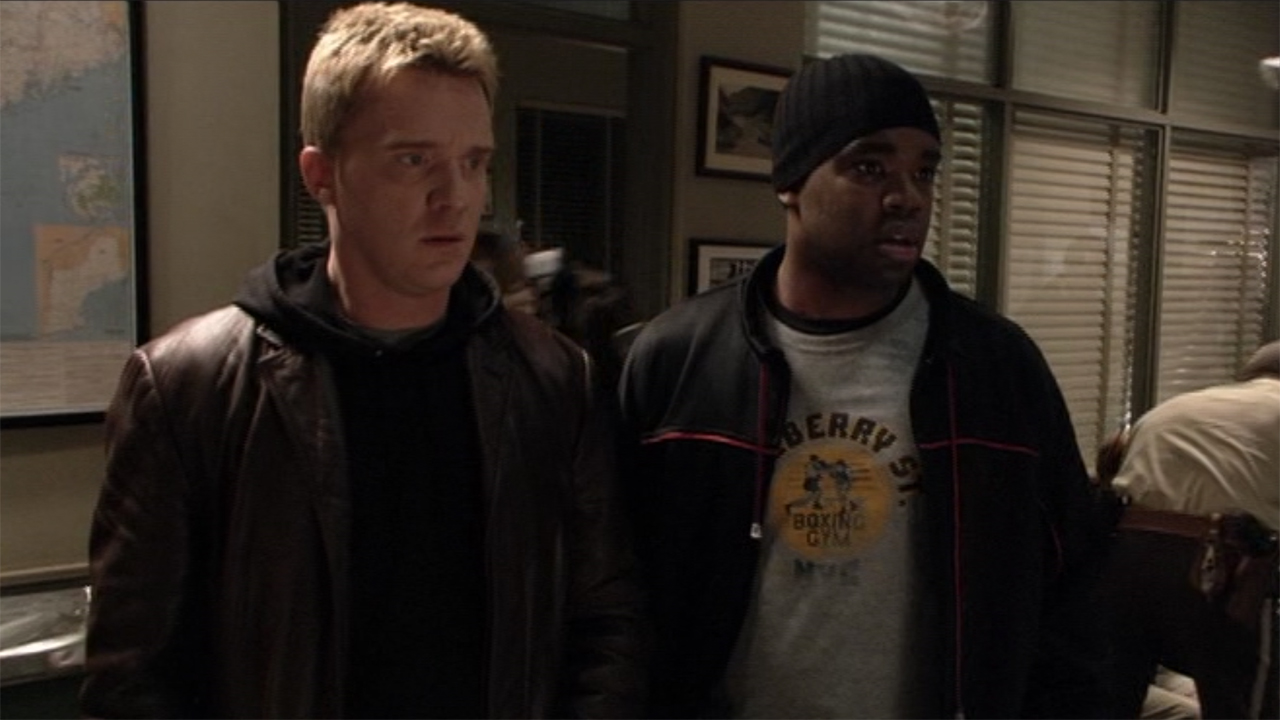
What The Dead Zone TV Series Keeps From Stephen King’s Book
Those of you who read this column with any regularity know that this section is typically used to analyze the changes made by adaptation in bringing to life the work of Stephen King – but The Dead Zone television series is a special beast purely due to its vastness. The original novel is a fairly substantial tome, the first edition hardcover being 426 pages, but obviously the show had to invent a hell of a lot of original material to fill its six season run.
As such, it makes more sense to do the inverse of normal for this feature and look at what from the source material is used in the adaptations beyond what has already been mentioned.
The series contemporizes the story, moving the action from the 1970s to the early aughts, but it keeps the general details of the core premise, with Johnny Smith falling into a coma after a car accident and waking up to discover that he gets visions of the future when he touches a person or an object. Both The Dead Zone show and book have Johnny’s first big experiences to be saving nurse’s daughter from a fire and reuniting his doctor with his mother, who has long been presumed dead.
It’s not a season arc like originally planned, but the hunt for a serial killer who acts just like the Castle Rock Strangler is adapted in the pilot (he’s not called the Castle Rock Strangler because the show is set in Cleaves Mills, the town where Johnny Smith grew up in the book). The Season 1 finale also goes back to the source material by having the psychic lead character save a student he is tutoring, among others, from a fire at a graduation party – the show mirroring the novel in emphasis of how a lightning rod could prevent tragedy (an apt metaphor for the story as a whole).
Because The Dead Zone was unexpectedly canceled, it’s unknown if Johnny Smith may have ever gotten to a point where we would have tried to assassinate Greg Stillson in effort to stop the apocalypse, but the show does find a way to adapt the tragic and dramatic conclusion of the novel in Season 2. In the episode “Zion,” a grief and emotion-fueled vision sees Bruce Lewis experience an alternate universe where he wasn’t in Maine to help Johnny Smith with his physical therapy (a.k.a. like in the book). Without Bruce’s support and friendship, Johnny becomes isolated, and when he has his vision of Stillson’s future he does what he does in the book: he attempts to assassinate him, and is killed during the attempt.
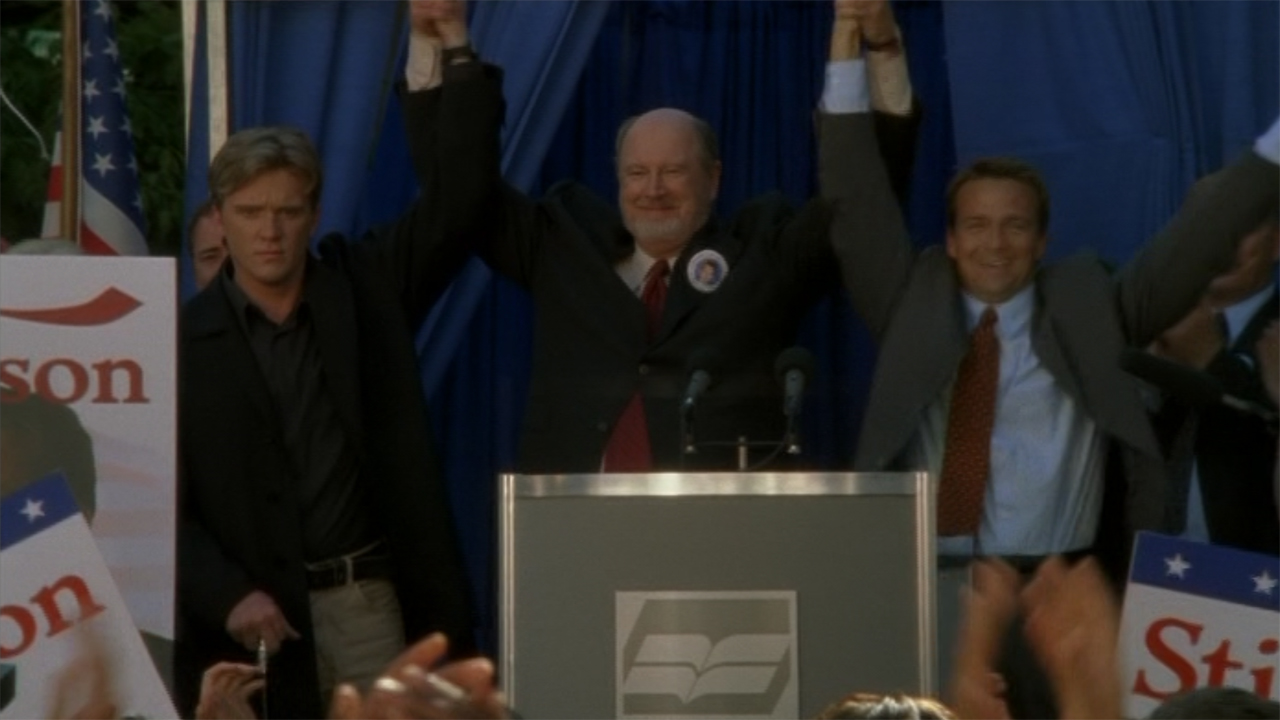
Is It Worthy Of The King?
The Dead Zone makes a lot of sense as a television series. Once Johnny Smith wakes up from his coma, the book basically plots out three specific arcs – the hunt for the Castle Rock Strangler, Johnny trying to save his student from the graduation party fire, and the attempted assassination of Greg Stillson – and Michael and Shawn Piller had a smart initial approach to expand on those beats in the creation of a serial drama. Had the show been pitched 10 years later with that idea, it likely would have gotten the green light… but instead we reflect on it as suffering the curse of being ahead of its time.
As an episodic venture, The Dead Zone is an entertaining enough diversion that has a lot of respect for its source material and the original author (there are Stephen King references littered throughout the show), and it comes up with some interesting ways to use the protagonist’s abilities. In many ways, though, it’s an exercise is seeing how far the original premise can be bent before being broken.
A large number of episodes are built on the idea of Johnny Smith having an unclear vision, and the visions become clearer as he does his investigating. This is fine for building drama, but it also frequently feels like the writers are taking advantage of the vagueness and unreliability of Johnny’s powers, and they often lean on the convenience that provides.
Because of the show’s surprising cancelation, watching The Dead Zone to become invested in the overarching plot doesn’t make a whole lot of sense – but it can be an enjoyable show to check out, even if just to watch an episode or two. Fans of the book should certainly watch all of the episodes mentioned above, but other standouts include “Precipitate” (Season 2, Episode 5), “Cabin Pressure” (Season 2, Episode 8), “Playing God” (Season 2, Episode 11), and “Outcome” (Season 6, Episode 8).
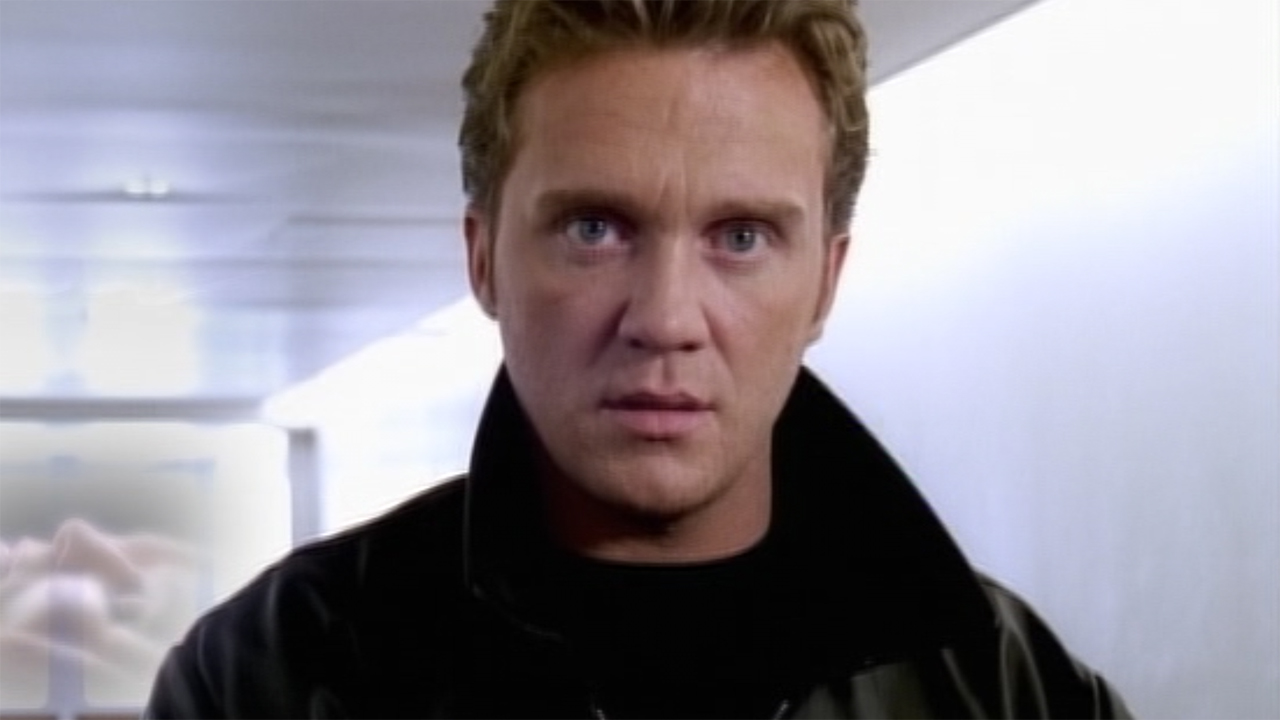
How To Watch The Dead Zone TV Series
If you don’t mind you television watching being occasionally disrupted by advertisements, there are plenty of options when it comes to watching every episode of The Dead Zone television series – including Vudu, Roku, Tubi, PlutoTV, YouTube, and Amazon. If you’re looking for other options, the show is available streaming on Fandor, or you can always make digital purchases via Google Play, Amazon, and Vudu. And if you’re building the Ultimate Stephen King collection, the most economical way to go would be picking up the DVD box set (sadly it has not yet gotten an HD upgrade).
Looking ahead, the next edition of Adapting Stephen King will be shining a spotlight on another remake, and it will bring us back to the book that started everything for the legendary author. The subject of the column will be director David Carson’s 2002 TV movie Carrie – and while you wait for that piece to drop in the CinemaBlend television section on Wednesday you can discover all 40 of the previous installments by clicking through the banners below.







Eric Eisenberg is the Assistant Managing Editor at CinemaBlend. After graduating Boston University and earning a bachelor’s degree in journalism, he took a part-time job as a staff writer for CinemaBlend, and after six months was offered the opportunity to move to Los Angeles and take on a newly created West Coast Editor position. Over a decade later, he's continuing to advance his interests and expertise. In addition to conducting filmmaker interviews and contributing to the news and feature content of the site, Eric also oversees the Movie Reviews section, writes the the weekend box office report (published Sundays), and is the site's resident Stephen King expert. He has two King-related columns.
